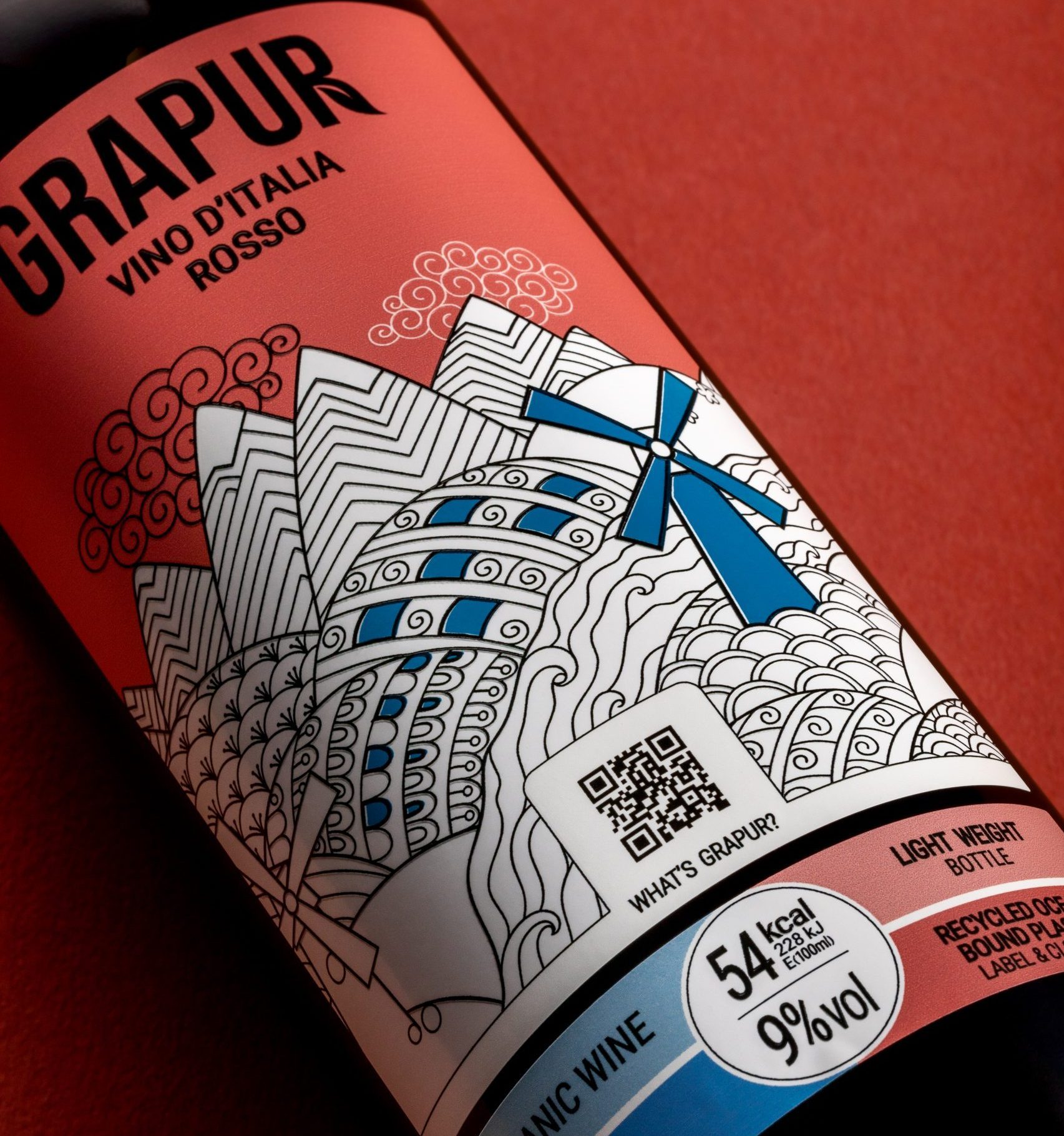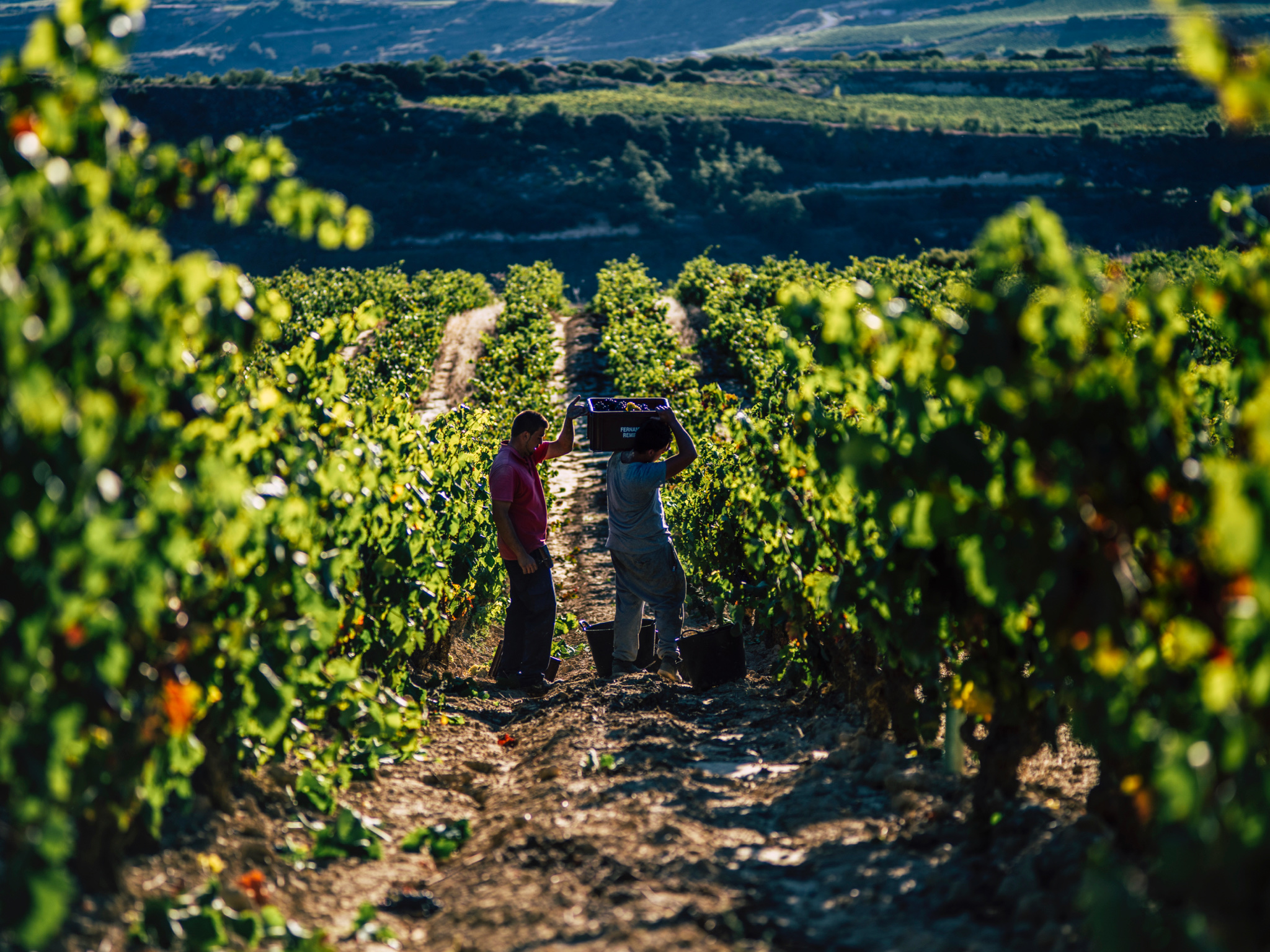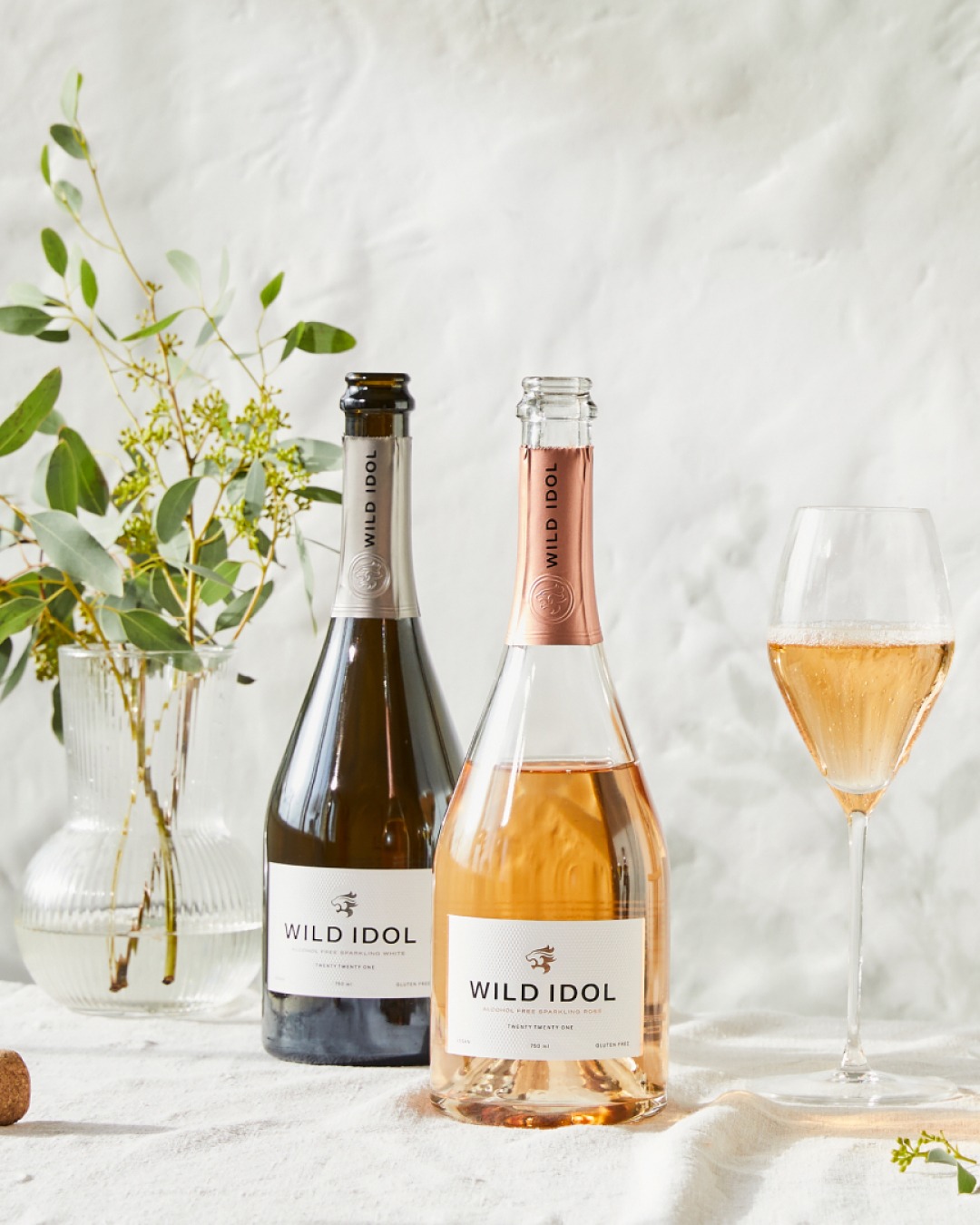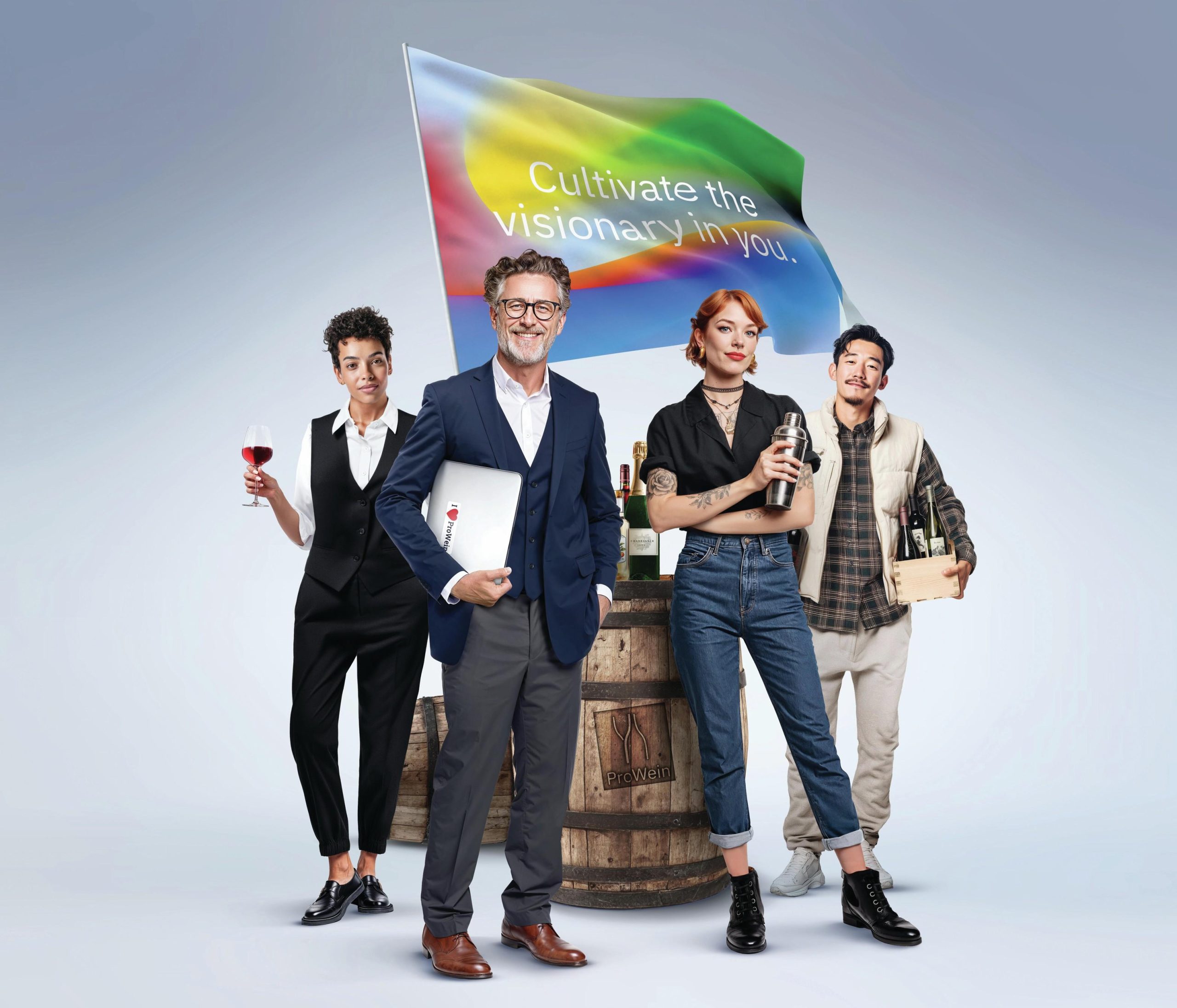Cocktail concepts in the capital
At the forefront of innovation, London is now the most exciting city for cocktails in the world, with mixologists drawing on art, science and technology to entice their savvy customers. Lucy Shaw raises a glass.
While New York used to reign supreme as the undisputed cocktail capital of the world, over the past five years London has quietly but confidently stolen its crown. New York brought us Prohibition-era speakeasies, which were faithfully replicated in key cocktail cities all over the world, with their hard-to-find locations and secret passwords. But the cocktail conversation has since moved on, and nowhere is the spirit of innovation felt more deeply than in London.
The exciting thing about the capital’s cocktail climate at the moment is that is doesn’t fit neatly into a box. It can’t be categorised because the rate of change is so fast and the ideas being put forward so many. Maverick bartenders are taking inspiration from everything from art and film to chefs and virtual reality, and are weaving these disparate elements into creative concepts that challenge our preconceptions and urge us to think differently about drinks.
Hoping to take cocktails to another dimension is Jamie Jones, group bars executive of Jason Atherton’s restaurant group, The Social Company, who recently launched London’s first augmented reality (AR) cocktail list.
Inspired by iconic artists and artworks through the ages, from Vincent van Gogh’s wheat fields to Tamara de Lempicka’s Art Deco portraits, it took Jones 18 months to develop his Mirage menu into (augmented) reality. Formed of a dozen cocktails, the collection recently debuted at Atherton’s Michelin-starred restaurant, City Social in London’s financial heart, which features original artworks by Andy Warhol and Joan Miró on its walls.
Taking guests on an artistic journey that begins with ancient Mayan carvings and ends with Bristol-born graffiti artist Banksy, via Michelangelo and Lichtenstein, to experience the cocktails in their full glory, guests are asked to download an app either when they make their booking or on arrival.
While the cocktails are simplistic in presentation, when you point your phone at the coaster they’re resting on, they come to life via a short animation that plays on a loop. Photos and videos of the animations can then be shared with friends on social media, heightening the interactive element of the menu.
“It’s great to see people’s reactions to the cocktails – everyone gets a bid giddy the first time they use the app,” says Jones. With Mirage, Jones hopes to have found the middle ground between the theatrical,multi-sensory serves at the Artesian and the stripped-back elegance of bottled-cocktail specialist White Lyan.
Mind you, with so much of our time now spent glued to our phones, cocktail bars provide a rare respite from technology and a chance to catch up with friends in real time rather than virtually. Bringing technology into this now sacred space seems almost sacrilegious. Jones doesn’t seem to think so.
“The restaurant boasts amazing views and people tend to have their phones out anyway, so I figured why not embrace that and turn it into a social experience?” he says. “You have to put your phone down to drink the cocktails and all you’re left with is the ingredients, so the cocktails have to stand up on their own when the AR element is taken away.”
Pop artist Andy Warhol and his Factory in New York also inspired Tony Conigliaro’s new London bar concept. The restless innovator, who brought us clay cocktails at 69 Colebrooke Row in Islington and authentic Italian apéritivo drinks at Bar Termini in Soho, recently opened a stripped-back bar in Dalston with a suitably hipster name – Untitled.
The stark grey concrete space is purposefully sparse to keep the focus on the cocktails and customers rather than the interiors.
Having studied at art school, Conigliaro was keen to recreate the collaborative vibe of Warhol’s studio, and made a communal table the focal point of Untitled, where he hopes creative chance encounters will take place. Like City Social, Untitled offers just 12 cocktails, each of which have one-word names that sound like artworks, from ‘snow’ and ‘green’ to ‘amber’.
Named after what they taste like, their descriptions are short and enigmatic. Conigliaro believes listing the spirits in a cocktail limits a customer’s decision-making process. Instead, he’s keen to open their minds and expand their drinking horizons by getting people to order based on their flavour preferences.
Perhaps the most pretentious cocktail on the list is the ‘violin’, which aims to recreate both the sound of the instrument and the process behind making it. A blend of vodka, dark oak, pine, beeswax, benzoin and black pepper, everything from the colour to the shape of the glass has been considered, so that it faithfully emulates its subject.
Conigliaro reveals that the cocktail struck a nostalgic note with his operations director, whose mother restores violins for a living.
Keen to play on people’s sentimental relationships to scent and flavour, Conigliaro’s ‘snow’ cocktail, which marries vodka, white clay, chalk and enoki mushrooms, aims to evoke the moment as a child when you catch a snowflake on your tongue. “It’s great to see people’s faces light up after their first sip,” he says.
Like many of today’s top cocktail wizards, Conigliaro uses an elaborate collection of gadgets to create his concoctions that wouldn’t look out of place in a Michelin-starred kitchen, from vacuum packs and blowtorches to a centrifuge. “I’ve always had a keen interest in food and how flavours are presented in a dish. I want the transition between food and drinks to be seamless at the bar, which requires a delicate touch,” he reveals.
Another mixologist taking a chef’s approach to cocktails is Matt Whiley, who runs Peg + Patriot bar at the Town Hall Hotel in Bethnal Green and creates the cocktail lists for a number of top London restaurants, including Fera at Claridge’s. His latest venture, Scout in Shoreditch, takes the seasonal cocktail concept to extremes.
“I’m hugely influenced by chefs and their respect for and knowledge of produce – I buy far more cookbooks than I do cocktail books,” he says. Dogmatic in his approach, Whiley only works with ingredients from the UK that are in season, meaning he has to find alternatives to cocktail essentials such as lemons and limes. So far, sea buckthorn is proving a great substitute for lemon and makes a mean sour, and he’s managed to find a pineapple grower in Cornwall.
“We get sent so many cases of limes that are hard and hardly have any juice in them. There might come a time that limes run out, as demand for them is so high. I don’t see the point of us using an ingredient unless we really need it,” Whiley says.
Like Conigliaro, he is keen to move consumers on from choosing a drink by spirit category, so has done away with any mention of alcohol at all on Scout’s menu, meaning the drinks read like dishes. The ‘asparagus’ cocktail, for example, is listed as being a blend of white asparagus and caramelised white chocolate, while the ‘apple’ combines apple marigold, lemon balm and verjus.
Partner Content
To save time, all 12 of the cocktails are served from pre-batched bottles, meaning less theatrics at the bar and more time to enjoy the drinks immediately after ordering them. “The Scout concept started out from a desire to work with ingredients on our doorstep, which enables us to reduce our carbon footprint by not flying bananas and pineapples in from the other side of the world.
“I don’t understand the obsessive need to have access to ingredients all year round that don’t taste great when they’re out of season,” says Whiley, who admits that winter will pose a challenge for him and his team, as there are fewer ingredients available then. He’s already preparing for it by preserving summer fruits such as raspberries and strawberries in homemade ferments.
The basement of Scout serves as both a prep room and a test ‘kitchen’ to experiment with ingredients. Using high-tech kit like centrifuges and rotary evaporators, Whiley has discovered that there aren’t many ingredients that are out of bounds in the cocktail world. “Cheese works great in drinks when you distil it, as it adds a wonderful creaminess to cocktails – the only thing that hasn’t worked well lately is cauliflower,” he admits.
The Scout team treat London like their playground, and scour the city for everything from lavender, cherries and figs to yellow plums, which are flourishing in Brixton at the moment. “We can’t forage from people’s gardens, but we’ve found a lot of things growing in parks that we can use,” Whiley enthuses.
Equally obsessed with local produce is Rich Woods, head of cocktail development at Duck & Waffle, who ceaselessly pushes the boundaries of mixology, working with everything from Marmite and blue cheese to burnt toast. His latest menu, Origins, explores the idea of the single-ingredient cocktail and the levels of flavour achievable with one key ingredient.
Taking the ‘closed-loop’ cocktail concept to extremes, every element of the ingredient is used, from tomato skins, red-pepper stalks and spent coffee grinds to lime husks and walnut shells, helping to minimise waste and promote sustainable drinking.
“We have amazing ingredients to work with – why bastardise them with other flavours? I want them to shine in all their glory,” Woods rhapsodises. Like Untitled, each of the 10 cocktails has a one-word title based on its key ingredient, meaning the list reads more like a food menu offering the likes of ‘olive’, ‘tomato’ (pictured on the opening page), ‘avocado’ and ‘red pepper’.
“I wanted to illustrate how much flavour can be extracted from a single ingredient and show the levels of complexity that can be obtained from multiple elements of a single source,” says Woods.
“There are resources out there on our doorstep that are being ignored but could be used to great effect.” Such a transparent approach to cocktail making is risky, as the margin for error is tiny, but Woods believes there is beauty and purity in the simplicity of a single-ingredient cocktail, and that the best cocktails are often made with the fewest number of ingredients.
“The trickiest thing is ensuring that each batch of the produce we use tastes as good, flavourful and fresh as the last one; if not you’ll be able to taste the difference in the cocktail,” Woods warns. “It has been surprisingly hard to achieve consistency and uniformity of flavour in the cocktails.”
To get around the problem, like Whiley, he’s taken to making large batches of each cocktail and has developed a solera-like system, where he blends a small percentage of an old batch with a new batch to ensure consistency of flavour.
Also keen to shine a light on homegrown ingredients is The Savoy hotel, which recently launched a cocktail menu that takes guests on an imaginary journey around the British Isles at its American Bar. Devised by head bartender Erik Lorincz and bar manager Declan McGurk, the Coast to Coast menu begins in Kent and ends at Castle Rock in Edinburgh, taking in Sherwood Forest and the Pennines on the way.
The cocktails in the Kent section feature ingredients grown in the county, from cobnuts and apples to hazelnuts and hops, while the Edinburgh section is weighted heavily towards whisky.
Keen to bring the story telling element to the table, each of the drinks is served in bespoke glassware, from tiny terrariums to Art Deco coupes. While devising the menu, McGurk drew a straight line through a map of England then chose various places along the line to hone in on.
“The aim was to transport our guests back in time,” says McGurk, who used the menu as a chance to highlight key moments in British history, such as the industrial revolution. Working at such a cocktail institution is not without its difficulties, and McGurk admits to feeling pressured to live up to the bar’s illustrious past each time he launches a menu.
“There is pressure from a lot of angles, as we want ours to be remembered as an era that continued to innovate while respecting our history, but pressure turns coal into diamonds,” he says.
With bartenders sparking off one another, there has never been a more exciting time to be a cocktail lover in the capital. Jamie Jones of City Social believes we’ll see more technology-focused cocktail menus in the future and is exploring the idea of immersive drinking experiences using Google Glass.
However, innovation for innovation’s sake rarely holds firm, and bars have to be wary of creating concepts that offer much in the way of style but little in substance. There has to be a reason behind the concepts or they risk falling flat and failing to engage with their audience. “Storytelling is important but it should never overshadow a drink,” offers Woods, while McGurk believes the pendulum will soon swing back to classic cocktails again.
For Matt Whiley, the key is to provide guests with an array of interesting drinking experiences, and he’s confident that there is room for everyone in the melting pot. “London is one of the most exciting places in the world for cocktails now. Bartenders and chefs are engaging more with one another and there is more mutual respect for our respective trades, which is great,” he says, adding, “The more we can learn from each other the better, because we extract flavour in different ways.”




